Adding Texture to Your Home with DIY Furry Stools
Are you looking to spice up your living space with a touch of warmth and coziness? Well, look no further! DIY furry stools are the perfect solution to add that inviting texture that makes any room feel like home. Imagine sinking into a plush, soft stool after a long day, or using it as a statement piece that sparks conversation among your guests. Not only do these furry creations provide comfort, but they also serve as a stylish addition to your decor. In this guide, we’ll explore how to enhance your living space by creating your own furry stools, covering everything from materials to design ideas. So, roll up your sleeves and get ready to unleash your inner designer!
Selecting the best materials is crucial for your DIY furry stool project. You want to ensure that your stool is not only stylish but also comfortable and durable. Start by considering the type of fabric you’ll use. Faux fur is a popular choice for its softness and variety of colors, but don’t overlook other options like velvet or even knitted fabrics for a unique twist. Next, think about cushioning. A thick foam pad can provide the comfort you crave, while a plywood base offers the necessary sturdiness. The combination of these materials will make your furry stool both functional and aesthetically pleasing.
Before diving into your furry stool project, it's essential to gather the right tools. Having everything at your fingertips will streamline the process and help you avoid unnecessary trips to the store. Here’s a quick list of tools you’ll need:
- Measuring tape
- Scissors
- Sewing machine (or needle and thread for hand sewing)
- Staple gun
- Wood glue
- Sandpaper
With these tools in hand, you’ll be well-equipped to tackle your DIY furry stool project from start to finish!
Accurate measurements and cutting techniques are vital for a polished look. A well-measured piece will fit perfectly, making your stool look professionally crafted. Start by measuring the height and diameter of your stool base. Then, add extra fabric for seams and allowances. When cutting, use sharp scissors to ensure clean edges. Remember, the more precise your measurements, the better the final product will look!
If you opt for a fabric cover, mastering your sewing machine is key. Start by familiarizing yourself with its features—this will make the sewing process much smoother. Basic techniques like straight stitching and zigzag stitching will give your furry stool a professional finish. Don’t hesitate to practice on scrap fabric first; it’s a great way to build confidence!
For those without a sewing machine, hand sewing is a viable option. You can create a sturdy and attractive cover for your stool using simple stitches like the whip stitch or running stitch. Hand sewing might take a bit longer, but it allows for greater control and precision, especially when working on corners and curves.
Proper assembly is essential for creating a sturdy stool. Start by securely attaching the furry cover to the base using a staple gun or wood glue. Make sure the fabric is taut to avoid sagging. If you're using a cushion, glue it to the base before adding the cover. This ensures that everything stays in place and provides a comfortable seating experience. A well-assembled stool will not only look great but will also stand the test of time!
Now that you have the basics down, it’s time to personalize your furry stool with creative design ideas. From color choices to patterns, the possibilities are endless! Think about the overall aesthetic of your home. Do you want your stool to blend in or stand out? You can choose bold colors for a pop of vibrancy or soft pastels for a more subdued look. Patterns like chevrons or florals can also add a unique touch, making your stool a true statement piece.
Mixing textures can elevate your stool's aesthetic. Consider combining faux fur with wood, metal, or even leather accents. This creates a visually appealing and tactile experience in your living space. Imagine a furry top paired with a sleek wooden base—it's a match made in design heaven!
Choosing the right colors and patterns can transform your stool. Explore different color palettes that complement your home decor while adding a playful touch. Perhaps you want to create a monochromatic look with varying shades of one color, or maybe a vibrant mix that reflects your personality. The right pattern can also add depth and interest, making your furry stool a focal point in the room.
To keep your furry stools looking fresh, proper maintenance is essential. Regularly fluff the fur to maintain its shape and softness. For cleaning, check the fabric care instructions; many faux furs can be spot cleaned with mild detergent. If your stool has removable covers, consider washing them periodically to keep them looking new. With a little care, your DIY furry stools will remain a cozy, stylish addition to your home for years to come!
Q: Can I use real fur for my stool?
A: While real fur can be luxurious, it’s often more expensive and requires special care. Faux fur is a more affordable and ethical choice that offers a similar look and feel.
Q: How do I choose the right height for my stool?
A: The ideal height for a stool typically ranges from 18 to 30 inches, depending on its intended use (e.g., dining, accent, or bar stool). Consider the height of your table or counter when selecting.
Q: Can I customize the size of my stool?
A: Absolutely! You can adjust the dimensions of the base and cushion to fit your needs. Just ensure that the proportions remain balanced for stability.
Q: Is it difficult to make a furry stool?
A: Not at all! With the right materials and tools, as well as some patience, you can create a beautiful furry stool. Follow the steps outlined in this guide, and you'll be amazed at what you can achieve!

Choosing the Right Materials
When it comes to creating your own furry stools, selecting the right materials is absolutely crucial. You want to ensure that your finished product is not only stylish but also comfortable and durable enough to withstand daily use. So, let’s dive into the different types of materials you should consider for your DIY furry stool project.
First off, let’s talk about the fabric. The fabric you choose will largely determine the overall look and feel of your stool. For a furry stool, you might want to consider options like faux fur, which is both soft and easy to clean. Real fur can be luxurious, but it often comes with high maintenance and ethical considerations. If you're looking for something that’s a bit more unique, consider using plush velvet or even sheepskin. These fabrics can add a touch of elegance and warmth to your space.
Next, think about the cushioning. A stool needs to be comfortable, especially if you plan to use it for extended periods. High-density foam is a fantastic option for cushioning, as it provides excellent support and retains its shape well. You could also consider using memory foam for an even more luxurious feel. Just remember, the thicker the cushioning, the more cozy your stool will be!
Now, let’s not forget about the base of your stool. It’s essential to choose a sturdy material that will support the weight of the seat and anyone who sits on it. Common choices include wood, metal, or even sturdy plastic. If you’re going for a wooden base, make sure to select a type that can handle wear and tear, like birch or plywood. Metal bases can lend a modern touch, while plastic may be more lightweight and easier to move around.
To give you a clearer picture, here’s a quick breakdown of materials you might consider for your furry stool:
| Material Type | Pros | Cons |
|---|---|---|
| Faux Fur | Soft, easy to clean, ethical | Can wear out over time |
| Plush Velvet | Luxurious look, warm | May require special cleaning |
| High-Density Foam | Comfortable, retains shape | Can be expensive |
| Wood (Birch/Plywood) | Sturdy, classic look | Can be heavy |
| Metal | Modern aesthetic, durable | Can be cold to the touch |
By carefully selecting your materials, you can create a furry stool that not only enhances your home’s aesthetic but also provides a cozy spot for relaxation. Remember, the right materials can make all the difference, so take your time and choose wisely!
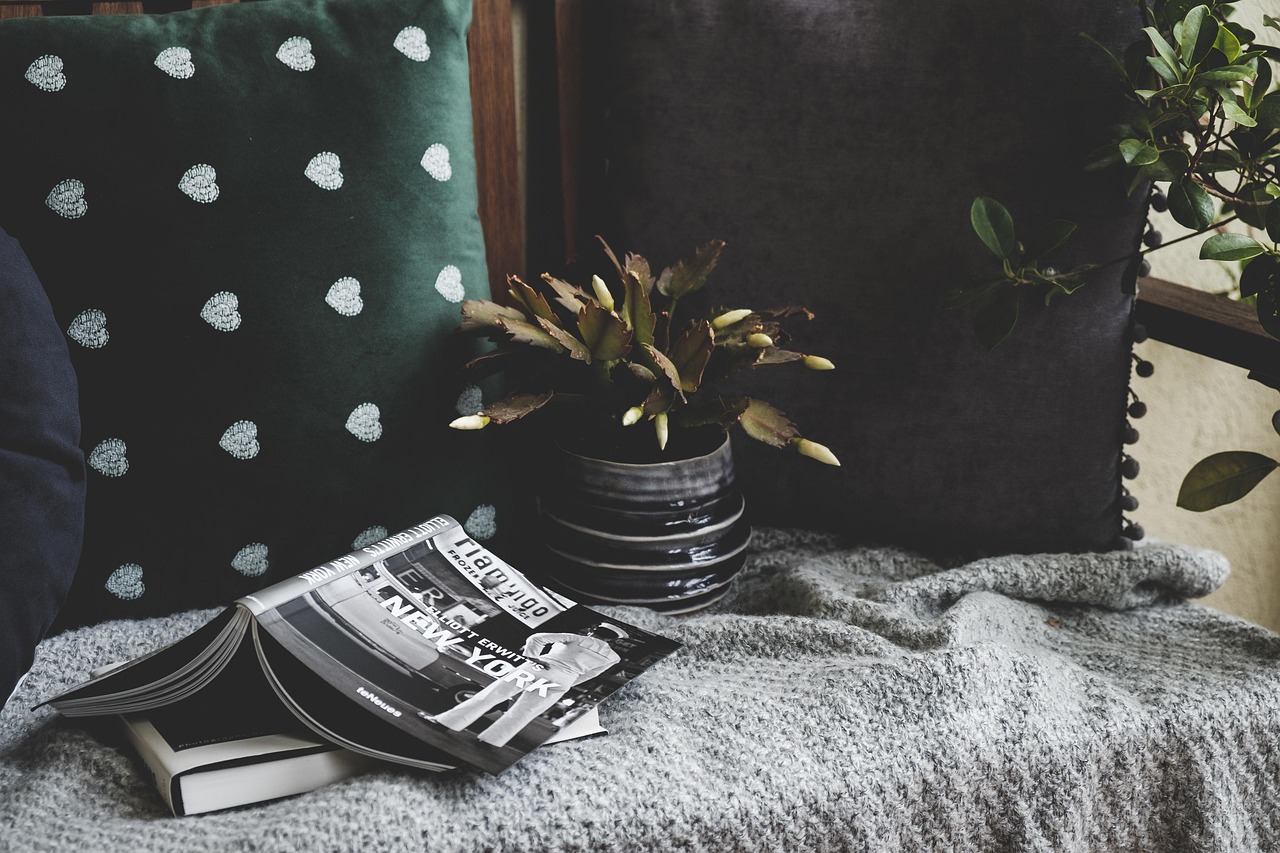
Basic Tools Needed
Before diving into your DIY furry stool project, it’s essential to gather all the necessary tools. Having the right equipment on hand not only streamlines the crafting process but also enhances the overall quality of your final product. Think of it as assembling your toolkit for a culinary masterpiece; the better your tools, the more delicious the outcome!
Here’s a quick rundown of the basic tools you’ll need:
- Measuring Tape: Precision is key! A good measuring tape will help you achieve accurate dimensions for both the fabric and the stool base.
- Scissors: Invest in a pair of sharp fabric scissors to ensure clean cuts. Dull scissors can lead to frayed edges, which can ruin the look of your furry stool.
- Staple Gun: This tool is a game-changer for attaching the fabric securely to the base. It’s quick, effective, and gives a professional finish.
- Sewing Machine (optional): If you’re going for a fabric cover, a sewing machine will make your life easier. But don’t worry if you don’t have one; hand sewing is a perfectly valid alternative!
- Wood Glue: For added stability, especially if you’re working with wooden bases, wood glue can provide that extra hold.
- Sandpaper: If you’re using wood for the base, sandpaper will help smooth out any rough edges, ensuring a polished look.
Having these tools ready will make your crafting experience much smoother. It’s like having all your ingredients prepped before cooking; it sets the stage for creativity to flow! But remember, the tools you choose should not only be effective but also comfortable for you to use. You want to enjoy the process, right?
Additionally, consider setting up a comfortable workspace. Make sure you have adequate lighting and enough room to spread out your materials. A clutter-free environment can significantly boost your creativity and focus. Just like in a well-organized kitchen, everything should be within reach, allowing you to concentrate on making your furry stool a reality!
In summary, gathering the right tools is the first step toward a successful DIY furry stool project. With your toolkit in hand and a cozy workspace set up, you’re all set to unleash your creativity and bring your vision to life!

Measuring and Cutting Techniques
When it comes to creating your stunning DIY furry stools, measuring and cutting are the foundation of a successful project. Imagine trying to fit a square peg into a round hole; that's what it feels like when your materials are not cut accurately. To ensure that each piece fits together seamlessly, start by gathering your materials and tools. You'll need a measuring tape, a straight edge, and a sharp pair of scissors or a rotary cutter.
Begin by measuring the dimensions of your stool base. If you’re using a round base, measure the diameter, and for a square or rectangular base, measure the length and width. Once you have your dimensions, add a few extra inches for seam allowances—this is crucial for any fabric you will be sewing. For example, if your stool base is 18 inches in diameter, cut your fabric to 22 inches to allow for a 2-inch seam. This extra fabric will give you the flexibility to create a snug fit.
Next, when cutting your fabric, use a straight edge to ensure clean, even lines. If you're working with faux fur or any material that tends to fray, consider using pinking shears to give your edges a zigzag finish. This will help prevent any unraveling and keep your furry stool looking sharp. For wood or a sturdy base, a miter saw or jigsaw will be your best friends. Always measure twice and cut once—this old adage rings true in DIY projects!
After cutting, lay out your pieces to visualize how they will come together. This is where you can make adjustments if something doesn’t look quite right. Take the time to ensure everything is aligned correctly; this will save you headaches later during assembly. If you’re working with multiple pieces, consider labeling them to keep track of what goes where. A simple note on each piece can prevent confusion and streamline your process.
Finally, don’t forget about safety! When using sharp tools, always wear protective gear, such as gloves and goggles, to avoid any accidents. And remember, patience is key. Rushing through measuring and cutting can lead to mistakes that might compromise the aesthetics and stability of your furry stool.
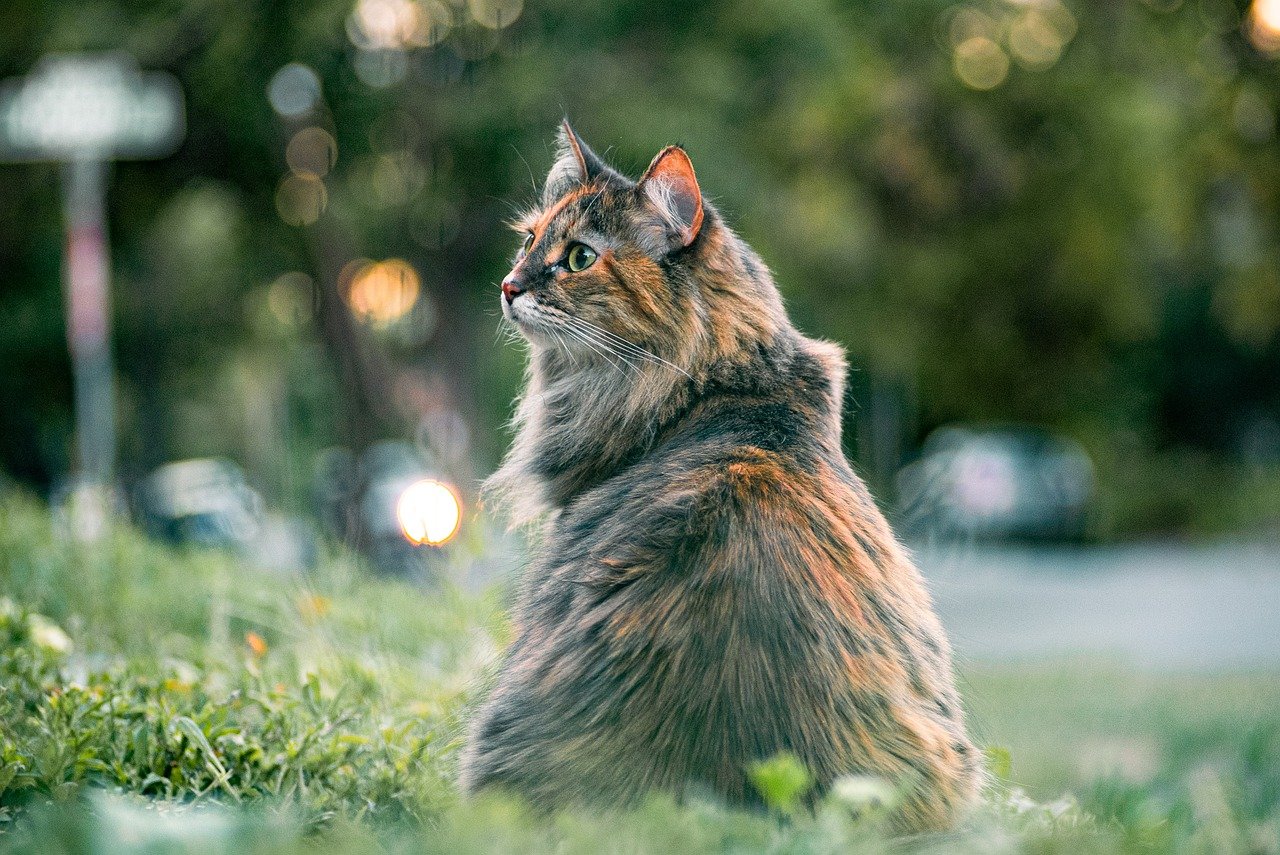
Using a Sewing Machine
When it comes to creating your own furry stools, mastering the use of a sewing machine can truly elevate your project from amateur to professional. If you've never sewn before, don’t worry! Think of your sewing machine as a friendly robot that just needs a little guidance to help you craft something fabulous. The first step is to familiarize yourself with the machine. Read the manual, watch a few tutorial videos, and practice on some scrap fabric before you dive into your main project. This will help you understand the basics, such as threading the machine, adjusting tension, and selecting the right stitch types.
Once you're comfortable with the machine, it's time to gather your materials. You'll need your furry fabric, a sturdy lining material, and some cushioning for the stool. The key here is to choose fabrics that not only look great together but also complement the overall design of your home. After all, your furry stool should be a statement piece, right?
Now, let’s talk about the actual sewing process. Start by measuring and cutting your fabric to the appropriate size. Remember, precision is key! You want your pieces to fit snugly without any awkward gaps. As you sew, use a straight stitch for the seams, and don’t forget to backstitch at the beginning and end of each seam to secure them. This simple technique can make a world of difference in the durability of your stool cover.
As you sew, keep an eye on the fabric layers. If you're working with a fluffy material, it can be a bit tricky to manage. Use pins to hold the fabric in place while you sew, ensuring that everything stays aligned. If you find that the fabric is slipping, consider using a walking foot attachment, which helps feed multiple layers of fabric evenly through the machine.
Finally, once you’ve sewn all the pieces together, it’s time for the finishing touches. Turn your fabric inside out, and give it a good press with an iron to remove any wrinkles. This will help your stool cover look crisp and polished. And there you have it! With a bit of practice and patience, your sewing machine can become your best friend in creating a stunning furry stool that adds warmth and personality to your home.

Hand Sewing Alternatives
If you find yourself without a sewing machine, don’t fret! Hand sewing is a fantastic alternative that can still yield beautiful results for your DIY furry stool project. The beauty of hand sewing lies in its simplicity and the personal touch it adds to your creation. You might be surprised at how easy it is to achieve a sturdy and attractive cover with just a needle and thread.
To get started, gather some essential supplies. You’ll need a good pair of scissors, a measuring tape, fabric pins, and, of course, your chosen fabric. For the thread, opt for a strong, durable option that matches or complements your fabric color. This attention to detail will contribute to the overall aesthetic of your stool.
When it comes to hand sewing, there are a few basic stitches you can master that will make your project not only easier but also more enjoyable. The running stitch is one of the simplest and most versatile stitches you can use. It involves passing the needle in and out of the fabric in a straight line. This stitch is perfect for seams and can be used to gather fabric as well. Another handy stitch is the backstitch, which creates a strong seam by overlapping stitches. It’s particularly useful for areas that will experience more stress, like the edges of your stool cover.
To ensure your furry stool cover fits snugly, take accurate measurements of the stool’s dimensions before cutting your fabric. The last thing you want is a cover that’s too loose or too tight! Once you have your fabric cut, pin it in place around the stool base before you start sewing. This will help keep everything aligned and prevent any unwanted shifts while you work.
As you sew, remember to take your time. Hand sewing can be therapeutic, so don’t rush through it. Enjoy the process of creating something unique and personal. If you’re worried about your stitching being visible, consider using a slip stitch for a nearly invisible finish. This technique is great for hems and can give your stool that professional look without the need for a sewing machine.
Lastly, don’t forget to reinforce your seams, especially in high-stress areas. A few extra stitches can make all the difference in durability, ensuring your furry stool stands the test of time. With a little patience and creativity, your hand-sewn stool cover will not only look fantastic but will also be a testament to your crafting skills!
- What materials do I need for hand sewing? You will need fabric, thread, scissors, measuring tape, and fabric pins.
- Can I use any type of fabric? Yes, but it’s best to choose a fabric that is durable and easy to work with, such as fleece or faux fur for a furry stool.
- How do I ensure my stitches are strong? Use a backstitch for seams that will bear weight and reinforce corners with additional stitches.
- Is hand sewing difficult? Not at all! With practice, basic hand sewing techniques can be quite easy and rewarding.
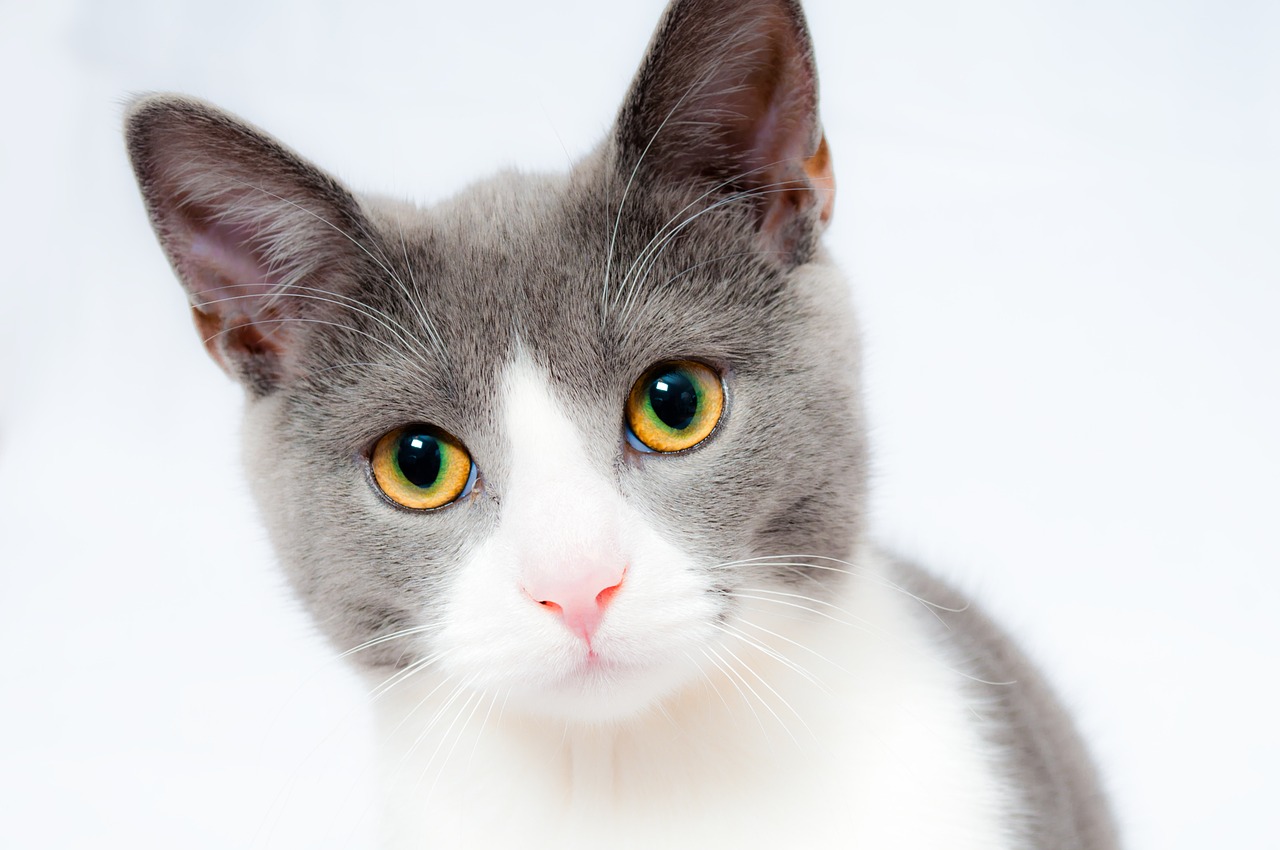
Assembly Tips for Stability
When it comes to assembling your furry stool, ensuring stability is paramount. A wobbly stool can be not only annoying but also unsafe. So, how do you make sure your creation stands firm and steady? First, start by selecting a solid base. Whether you're using a wooden frame or repurposing an old stool, the foundation needs to be robust. Think of it like building a house; without a strong foundation, everything else will crumble.
Next, when you attach the furry cover to the base, make sure to use a strong adhesive or staple gun. This will help secure the fabric tightly and prevent any sagging over time. If you're using a staple gun, ensure that you place the staples close together—about 1-2 inches apart. This will keep the fabric taut and give your stool a polished look. Remember: a tight cover not only looks better but also contributes to the overall stability of the stool.
Additionally, consider reinforcing the joints where the legs meet the base. You can use corner brackets or dowels to add extra support. This is especially important if your stool will see a lot of use or if it will be holding heavier items. Think of these reinforcements as the braces on a bridge; they provide the necessary strength to handle pressure and ensure safety.
Lastly, once your stool is assembled, give it a gentle shake. If it feels sturdy and doesn’t wobble, you’re on the right track! If you notice any instability, take a moment to adjust the legs or add additional support where needed. It's always better to make these adjustments before you start using your stool regularly.
Now that we've covered the assembly tips for stability, you might have some questions. Here are a few common queries:
- What type of wood is best for the base? - Plywood or solid hardwood is ideal for durability.
- Can I use a different type of fabric? - Absolutely! Just ensure it’s strong enough to withstand regular use.
- How can I ensure my stool is safe for kids? - Make sure all edges are rounded and that the stool is stable before allowing children to use it.
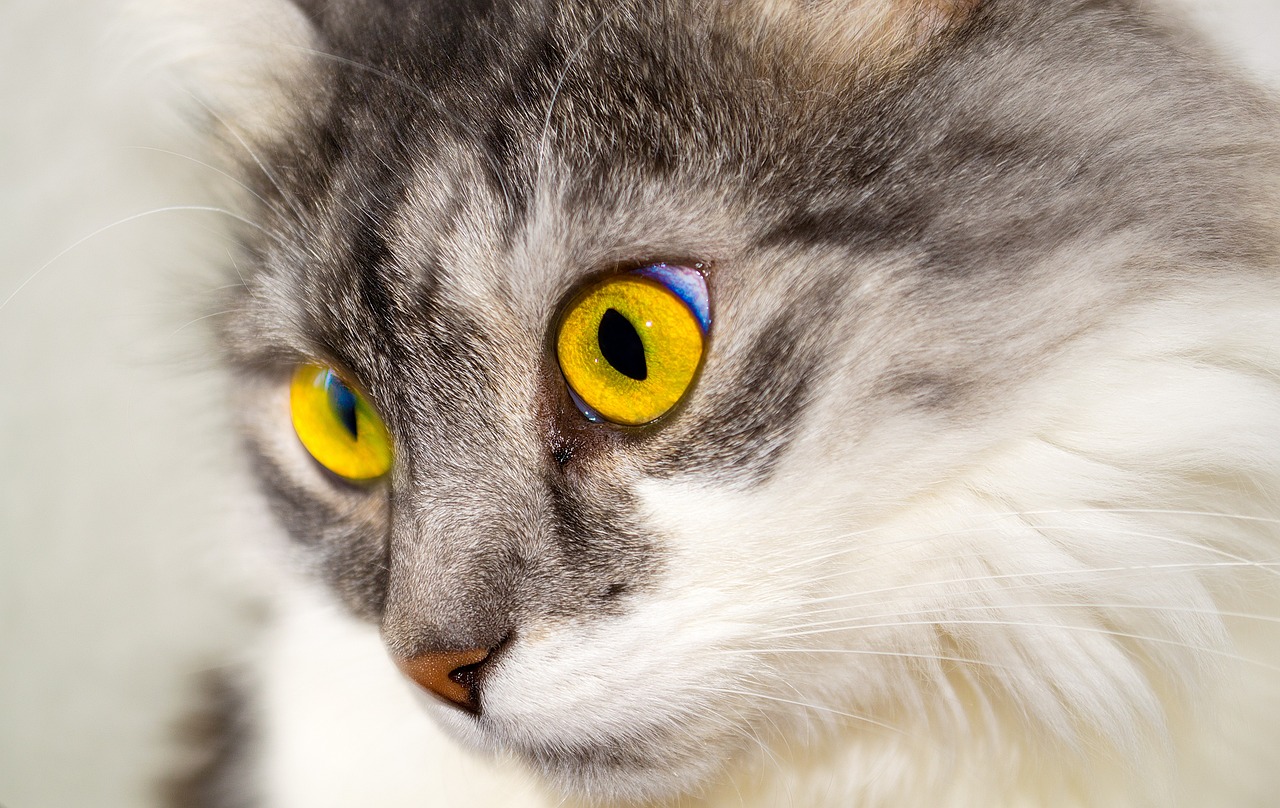
Design Ideas for Customization
When it comes to making your furry stool truly unique, the sky's the limit! Personalization is what transforms a simple piece of furniture into a statement piece that reflects your style and personality. Start by considering color schemes that resonate with your existing decor. For instance, if your living room boasts a modern aesthetic with muted tones, a soft gray or cream furry cover can add a touch of warmth without overwhelming the space. On the other hand, if you’re feeling adventurous, vibrant colors like teal or mustard can inject a fun pop into your room.
Patterns are another fantastic way to customize your furry stool. Think about using fabrics with geometric designs, floral prints, or even animal motifs. These patterns can add depth and interest to your stool, making it a conversation starter. Imagine a furry stool covered in a bold black and white geometric print; it would surely catch the eye and draw compliments from guests!
Incorporating different textures is also a brilliant way to elevate your stool's aesthetic. You could pair a furry top with a sleek wooden base or even a metal frame. This combination not only creates a visual contrast but also enriches the tactile experience when you touch or sit on the stool. For example, mixing a soft faux fur with a rugged burlap or canvas can create a stunning juxtaposition that is both cozy and chic.
To further personalize your furry stool, consider adding embellishments. This could include decorative tassels, pom-poms, or even a unique trim around the edges. These small details can make a huge difference in the overall look. You could also think about painting the base of the stool in a color that complements the furry top, creating a seamless flow between the two elements.
Lastly, don’t forget about functionality! While aesthetics are important, your furry stool should also serve a purpose. Consider adding storage under the seat or making it a convertible piece that can double as an ottoman or extra seating when needed. This way, you’re not only enhancing your home’s decor but also making it more practical.
- What materials are best for making furry stools?
The best materials include faux fur for the covering, sturdy wood or metal for the base, and foam or batting for cushioning. These materials ensure comfort and durability. - Can I customize the size of my furry stool?
Absolutely! You can adjust the dimensions based on your space and needs. Just make sure to proportionately adjust the materials used. - How do I clean my furry stool?
Regularly vacuum the furry surface to remove dust and debris. For deeper cleaning, check the fabric care instructions and consider spot cleaning with a damp cloth. - Is it difficult to sew the fabric cover?
Not at all! With some basic sewing skills, you can create a beautiful cover. If sewing isn’t your thing, hand sewing is a great alternative!

Incorporating Different Textures
When it comes to making your furry stools truly stand out, texture is your best friend. Imagine stepping into a room where every piece of furniture invites you to touch and feel. By incorporating a variety of textures, you can create a cozy atmosphere that not only looks appealing but also feels inviting. Think of your furry stool as a canvas where you can mix and match different materials to achieve the perfect balance of comfort and style.
One way to achieve this is by combining faux fur with other materials like wood, metal, or even leather. For example, a stool with a plush faux fur seat and sleek wooden legs can create a striking contrast that draws the eye. The soft fur invites you to sink in, while the sturdy wood provides a solid foundation. This combination not only enhances the visual appeal but also adds layers of tactile experience. You can even consider using woven fabrics or canvas for the base, which can add a rustic charm to your design.
Another exciting approach is to play with the color and pattern of the textures you choose. Imagine a furry stool upholstered in a vibrant geometric print paired with a soft, fluffy top. This combination can serve as a focal point in your living space, effortlessly drawing attention. You can opt for a monochromatic scheme for a more sophisticated look or go all out with bold colors for a playful vibe. The key is to ensure that the textures complement each other, creating a harmonious balance that enhances your overall decor.
Don’t be afraid to experiment! Mixing textures can be like creating a delicious recipe; sometimes, the most unexpected combinations yield the best results. For instance, consider using a combination of silk and faux fur for a luxurious feel, or pairing denim with sheepskin for a more casual, laid-back look. The possibilities are endless, and each combination can tell a different story in your home.
Incorporating different textures isn't just about aesthetics; it's also about enhancing the functional aspects of your stool. For example, a furry top can provide warmth and comfort, while a hard base ensures durability. Additionally, textured elements can help with grip, making your stool safer to use. So, when you're designing your furry stool, think about how each texture can contribute to both its beauty and functionality.
To help you visualize these ideas, here's a simple table that outlines some popular texture combinations:
| Top Texture | Base Texture | Style Effect |
|---|---|---|
| Faux Fur | Wood | Cozy and Inviting |
| Silk | Metal | Modern and Chic |
| Canvas | Leather | Casual and Stylish |
| Denim | Faux Fur | Relaxed and Comfortable |
In conclusion, incorporating different textures into your furry stool design not only enhances its visual appeal but also enriches the tactile experience of your living space. So, unleash your creativity and let your furry stool become a unique statement piece that reflects your personal style!

Color Schemes and Patterns
Choosing the right colors and patterns for your furry stools can be a game changer in your home decor. Imagine walking into a room where the stools pop with vibrant hues or subtle tones that perfectly complement your existing furniture. It's all about creating a balance that resonates with your personal style while enhancing the overall aesthetic of your space. So, how do you go about selecting the perfect color scheme?
First, consider the mood you want to evoke. Warm colors like reds, oranges, and yellows can create a cozy and inviting atmosphere, while cooler tones such as blues and greens can bring a sense of calm and tranquility. If your living space is filled with neutral colors, a furry stool in a bold color can serve as a stunning focal point. Think of it as adding a splash of paint to a canvas—suddenly, everything feels more alive!
Patterns also play a significant role in defining the character of your furry stools. From geometric shapes to floral designs, the possibilities are endless. A stool covered in a whimsical pattern can add a touch of playfulness to a room, while a more subdued design can bring sophistication. Don't be afraid to mix and match! Combining different patterns can create a layered look that adds depth to your decor. Just remember to keep a consistent color palette to tie everything together.
To help you visualize, here’s a simple table showcasing popular color schemes and their emotional impacts:
| Color Scheme | Emotional Impact |
|---|---|
| Warm Colors | Cozy, Inviting, Energetic |
| Cool Colors | Calm, Relaxing, Refreshing |
| Monochromatic | Elegant, Cohesive, Timeless |
| Bold Patterns | Fun, Playful, Eye-catching |
| Subtle Patterns | Refined, Sophisticated, Understated |
When selecting patterns, think about the overall theme of your room. If your decor leans towards minimalism, opt for simple, understated patterns. On the other hand, if your style is eclectic, don’t hesitate to experiment with vibrant designs. The key is to create harmony rather than chaos.
In conclusion, the color schemes and patterns you choose for your furry stools can either make or break your decor. It's like choosing the right outfit for an important occasion; you want to feel confident and stylish! So, take your time, explore different options, and let your creativity flow. Your furry stools will not only serve a functional purpose but will also be a reflection of your unique taste and personality.
- What type of fabric is best for furry stools?
Faux fur is a popular choice as it is soft, durable, and easy to clean. However, you can also consider other fabrics like velvet or chenille for a luxurious touch.
- How do I clean my furry stool?
Regularly vacuum your stool to remove dust and debris. For deeper cleaning, check the fabric care instructions; most can be spot cleaned with mild soap and water.
- Can I customize the size of my furry stool?
Absolutely! You can adjust the dimensions of your stool base and fabric cover to fit your specific needs and preferences.
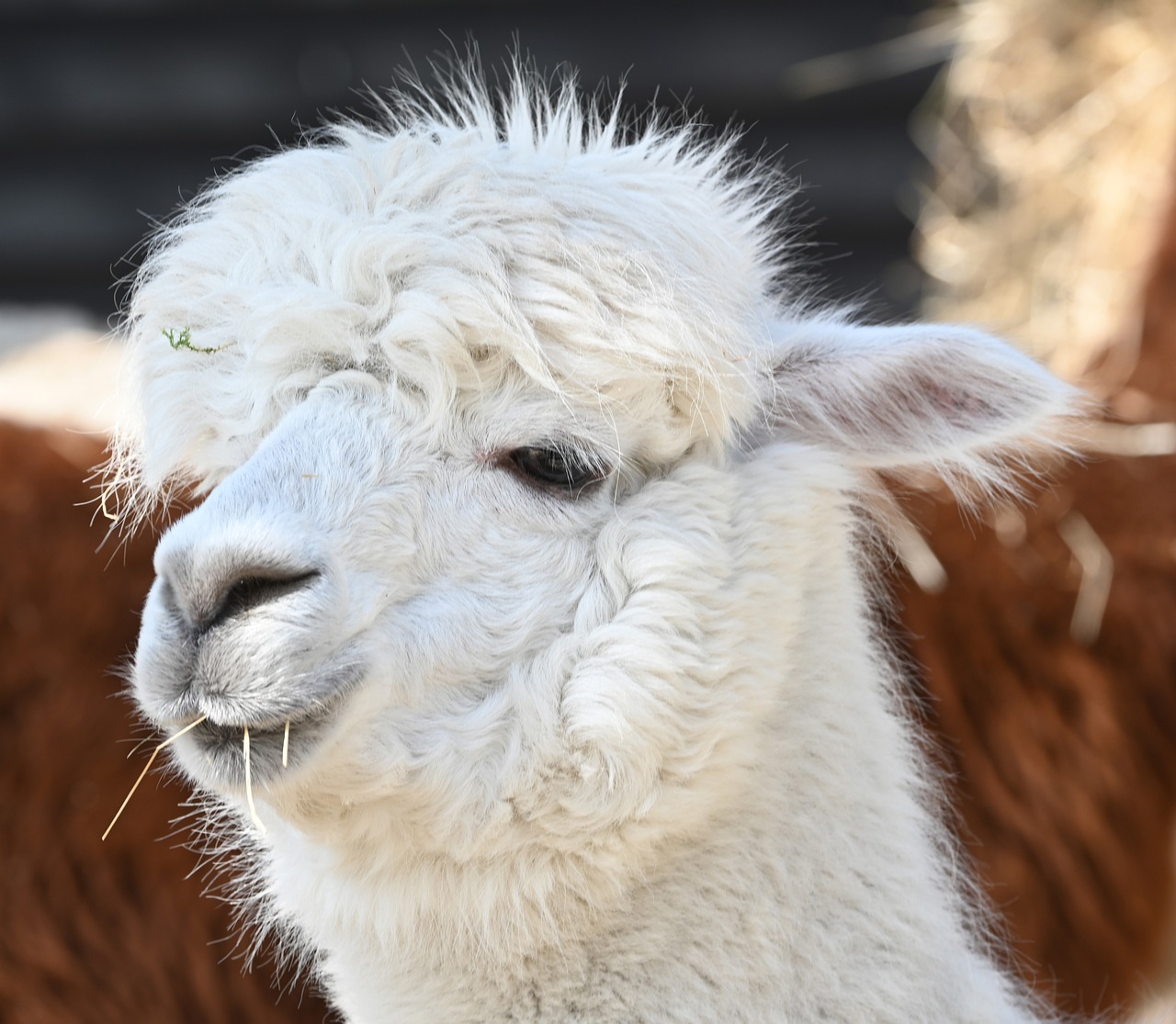
Maintenance and Care
To keep your furry stools looking fresh and inviting, proper maintenance is essential. After all, you want these stylish additions to your home to not only look great when you first make them but also to last through years of use. Regular care can help maintain their softness and appearance, making them a cozy spot for friends and family to gather.
First things first, cleaning is key! Depending on the type of fabric you've chosen, you may need to adjust your cleaning routine. For instance, if you’ve used faux fur, a simple vacuuming can do wonders to remove dust and debris. Make sure to use a brush attachment to avoid pulling at the fibers. If your stools are made from real fur, you might want to invest in a specialized fur brush that gently detangles and lifts the fur without damaging it.
In addition to regular vacuuming, spot cleaning is another crucial aspect of maintenance. Accidents happen, and when they do, it's important to act quickly. Blot any spills with a clean cloth, absorbing as much liquid as possible without rubbing it in. For stubborn stains, a mixture of mild soap and water can work wonders. Just be sure to test any cleaning solution on a small, inconspicuous area first to avoid discoloration.
Furthermore, consider the environment where your furry stools are placed. If they are in high-traffic areas, you might want to rotate them occasionally to ensure even wear. This simple act can prolong their life significantly. Additionally, keep them away from direct sunlight, as prolonged exposure can fade colors and damage the fibers over time.
Lastly, it's a good idea to give your stools a thorough clean every few months. This could involve taking the covers off if they are removable and washing them according to the care instructions. For non-removable covers, consider using a fabric-safe cleaning spray to refresh their look.
To make things easier, here’s a quick reference table to summarize the maintenance steps for your furry stools:
| Maintenance Task | Frequency | Notes |
|---|---|---|
| Vacuuming | Weekly | Use a brush attachment for faux fur. |
| Spot Cleaning | As needed | Blot spills immediately; test cleaners first. |
| Rotation | Monthly | Helps prevent uneven wear. |
| Thorough Cleaning | Every 3-6 months | Follow care instructions for covers. |
By following these simple maintenance tips, you can ensure your furry stools remain a stunning focal point in your home for years to come. They are not just practical seating options; they are also a reflection of your personal style and creativity. Keep them clean, rotate them, and they will continue to bring warmth and charm to your living space.
Q: How often should I clean my furry stools?
A: It's best to vacuum them weekly and perform spot cleaning as needed. A thorough clean every 3-6 months is also recommended.
Q: Can I machine wash the covers?
A: It depends on the fabric. Always check the care instructions first. If covers are removable and machine washable, use a gentle cycle.
Q: What should I do if my stool gets a stain?
A: Blot the stain immediately with a clean cloth, then use a mild soap and water solution to treat the area.
Q: How can I prevent my stools from fading?
A: Keep them out of direct sunlight and rotate their position regularly to ensure even exposure.
Frequently Asked Questions
- What materials do I need to create a furry stool?
To create a furry stool, you'll need a sturdy base (like wood or metal), fluffy fabric (such as faux fur), cushioning material (foam or batting), and some basic tools like a sewing machine or needle and thread. Don't forget to grab your measuring tape and scissors!
- Can I make a furry stool without a sewing machine?
Absolutely! If you don’t have a sewing machine, hand sewing is a great alternative. You can use simple stitches like the whip stitch or running stitch to create a sturdy cover for your stool. Just take your time, and you'll achieve a beautiful result!
- How can I ensure my furry stool is stable?
Stability is key! Make sure you securely attach the furry cover to the base by using strong adhesive or staples. Additionally, check that all parts are tightly fitted together and consider reinforcing the legs if necessary for extra support.
- What design ideas can I use to customize my furry stool?
Customization is where the fun begins! You can play with different color schemes, patterns, and textures. Mix and match fabrics or even add embellishments like tassels or buttons to give your stool a unique flair that matches your home decor.
- How do I maintain and clean my furry stool?
To keep your furry stool looking fresh, regular maintenance is essential. Use a lint roller to remove dust and pet hair, and spot clean any stains with a gentle fabric cleaner. For a deep clean, check the fabric care instructions, as some materials can be machine washed or dry cleaned.



















